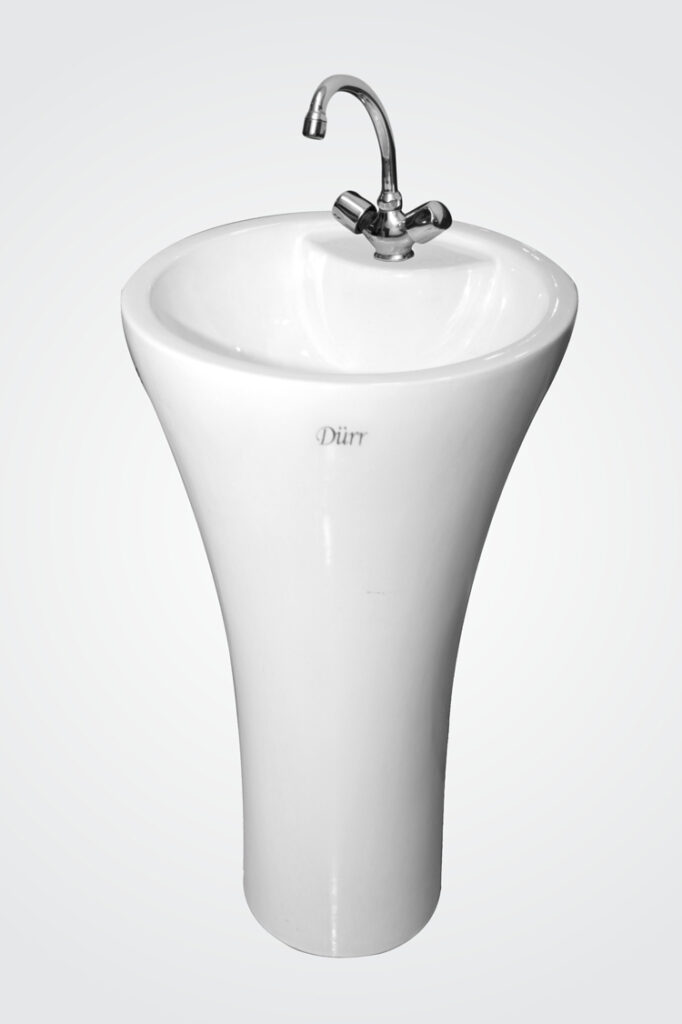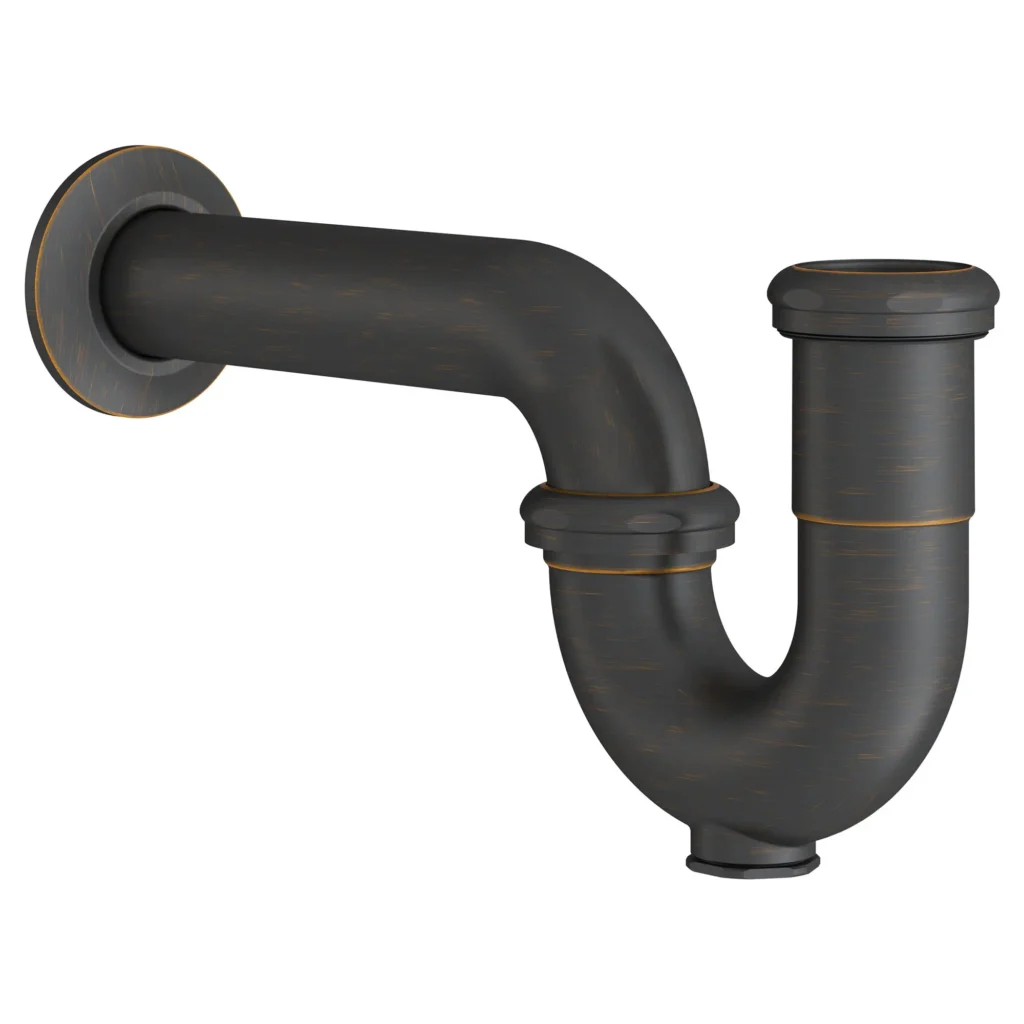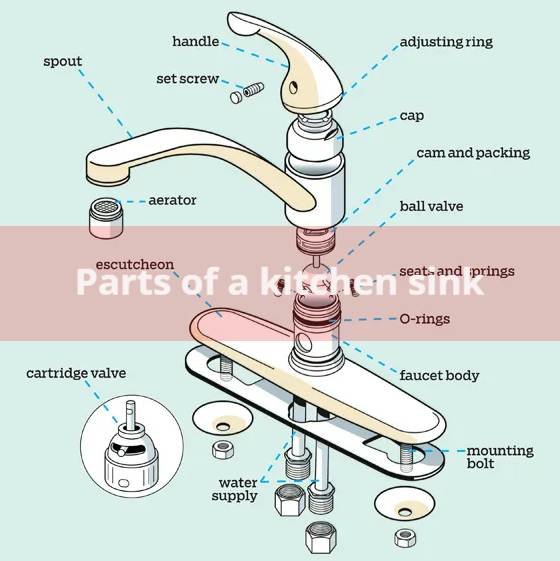When it comes to kitchen functionality, the sink is one of the most critical components. Whether you’re installing a new sink or repairing an existing one, understanding the parts of a kitchen sink is essential. This guide will walk you through the key kitchen sink components, their functions, and how they work together to ensure smooth operation. By the end, you’ll have a clear understanding of sink anatomy, kitchen sink plumbing, and the tools needed for installation or repair.
Understanding the Anatomy of a Kitchen Sink
Contents
A kitchen sink is more than just a basin for washing dishes. It’s a complex system of interconnected parts of a sink that work together to manage water flow and drainage.
Sink Basin
The sink basin is the most visible part of the sink. It’s the bowl-shaped area where you wash dishes, rinse vegetables, or fill pots with water. Basins come in various materials, including stainless steel, porcelain, and composite granite.

Faucet and Its Components
The faucet is the control center of your sink. It delivers hot and cold water and often includes additional features like a sink sprayer or pull-down nozzle. Key faucet parts include:
- Spout: The outlet where water flows.
- Handles: Control water temperature and pressure.
- Aerator: A small screen at the tip of the spout that mixes air with water to reduce splashing.
Drain Assembly
The drain assembly is responsible for removing wastewater from the sink. It consists of several sink drain parts, including:
- Sink Strainer: A perforated cover that prevents large debris from entering the drain.
- Sink Flange: The visible rim around the drain opening that seals the connection between the sink and the drainpipe.
- Tailpiece: A vertical pipe that connects the drain to the P-trap.
P-Trap
The P-trap is a U-shaped pipe located beneath the sink. It traps water to prevent sewer gases from entering your home while allowing wastewater to flow out.

Sink Overflow
Some sinks feature an overflow—a small hole near the top of the basin that prevents water from spilling over if the sink is accidentally left running. It’s a handy feature for avoiding water damage.
Essential Hardware for Sink Installation
Installing a kitchen sink requires specific sink installation parts and kitchen sink hardware. Here’s what you’ll need:
Sink Mounting Clips
Sink mounting clips secure the sink to the countertop. They ensure a tight fit and prevent the sink from shifting during use.
Garbage Disposal Parts
If your sink includes a garbage disposal, you’ll need specific garbage disposal parts, such as:
- Mounting Assembly: Connects the disposal unit to the sink.
- Dishwasher Connector: Links the disposal to your dishwasher drain hose.
Sink Accessories
Enhance your sink’s functionality with sink accessories like:
- Soap Dispensers: Built-in containers for dish soap.
- Cutting Board Inserts: Custom-fit boards that sit over the sink for food prep.
Common Kitchen Sink Plumbing Issues and Repairs
Understanding the kitchen sink parts can help you troubleshoot common plumbing problems. Here are a few issues and their solutions:
Clogged Drain
A clogged drain is often caused by food particles or grease buildup. Remove the sink strainer and clean it thoroughly. If the clog persists, check the P-trap for blockages.
Leaky Faucet
A leaky faucet is usually due to worn-out faucet parts, such as the O-ring or washer. Replacing these components can often solve the problem.
Loose Sink
If your sink feels unstable, it’s one of the common sink problems that can often be resolved by checking the sink mounting clips. Tighten or replace them as needed to secure the sink to the countertop and restore its stability.
Tips for Maintaining Your Kitchen Sink
Proper maintenance can extend the life of your sink and its components. Follow these tips:
- Clean Regularly: Wipe down the sink basin and faucet daily to prevent stains and buildup.
- Inspect Plumbing: Periodically check the P-trap and drain assembly for leaks or corrosion.
- Avoid Harsh Chemicals: Use gentle cleaners to protect the sink’s finish and kitchen sink hardware.
Conclusion:
Understanding the parts of a kitchen sink is essential for both installation and repair. From the sink basin and faucet to the drain assembly and P-trap, each component plays a vital role in ensuring your sink functions smoothly. By familiarizing yourself with these kitchen sink components, you can tackle common issues with confidence and keep your sink in top condition for years to come.
Whether you’re a DIY enthusiast or a homeowner looking to better understand your kitchen, this guide to sink anatomy and kitchen sink plumbing has you covered. Remember, proper maintenance and timely repairs are key to avoiding costly replacements down the line.

